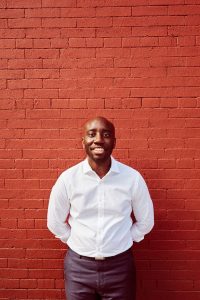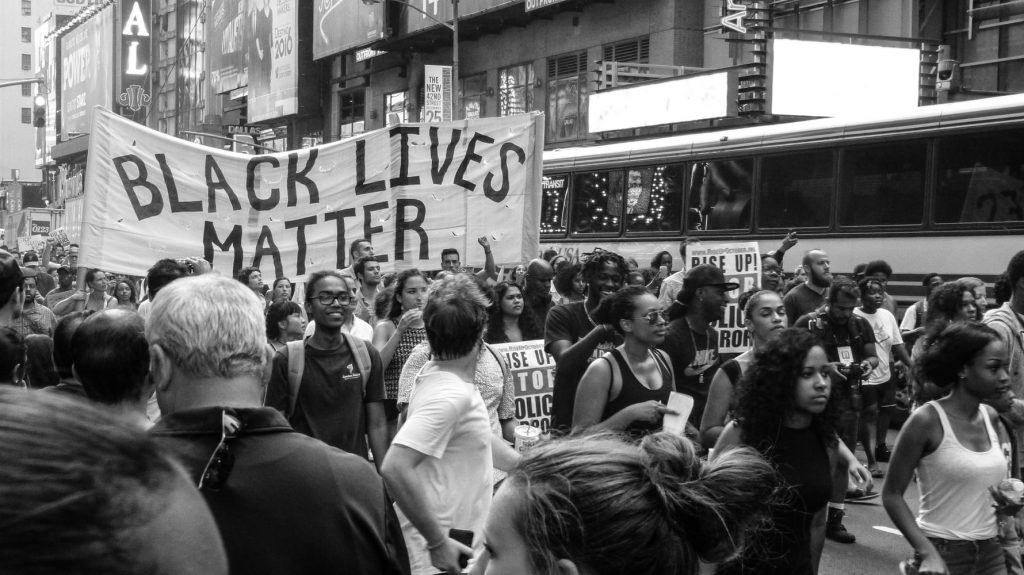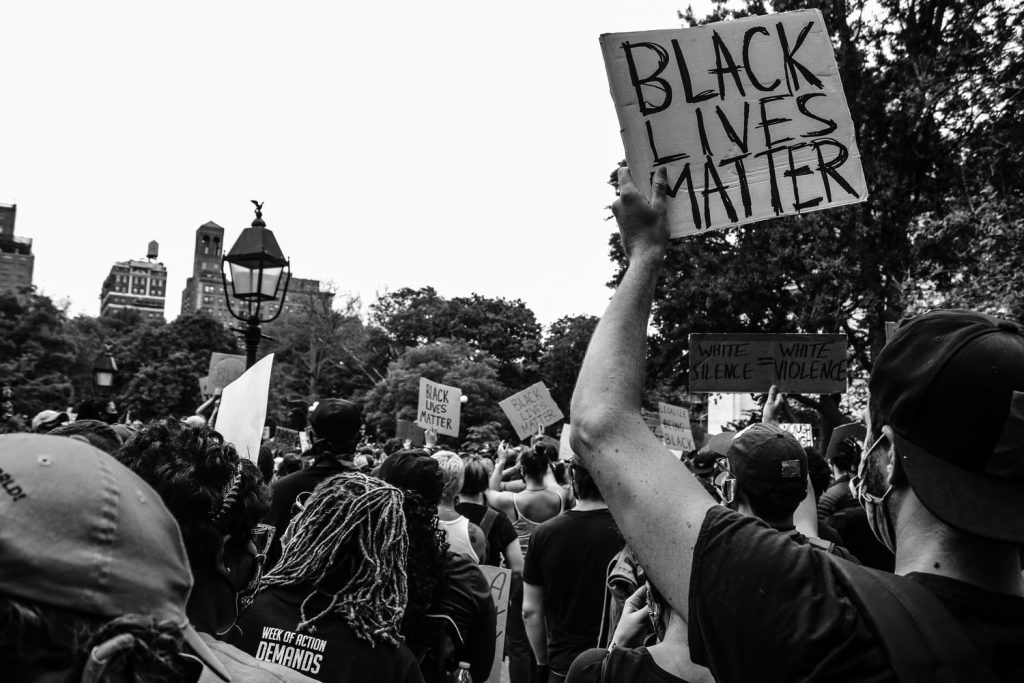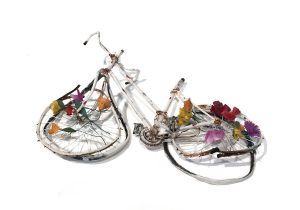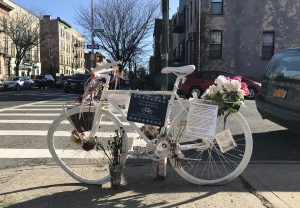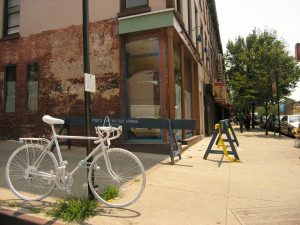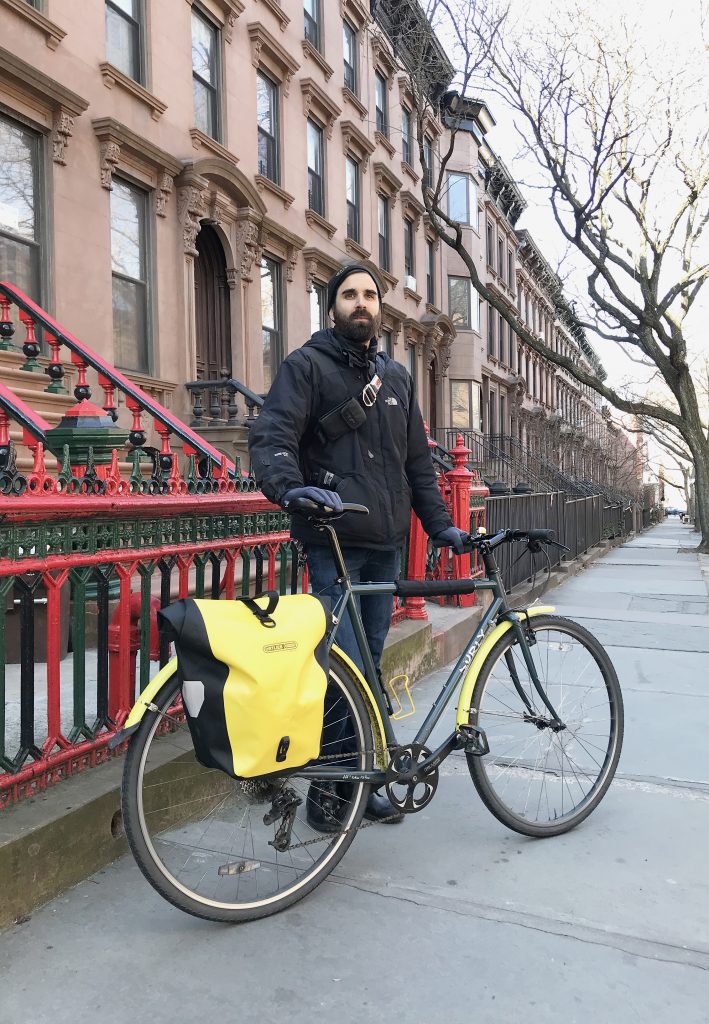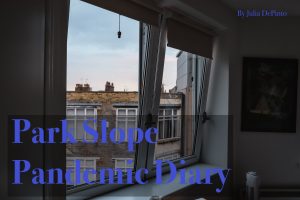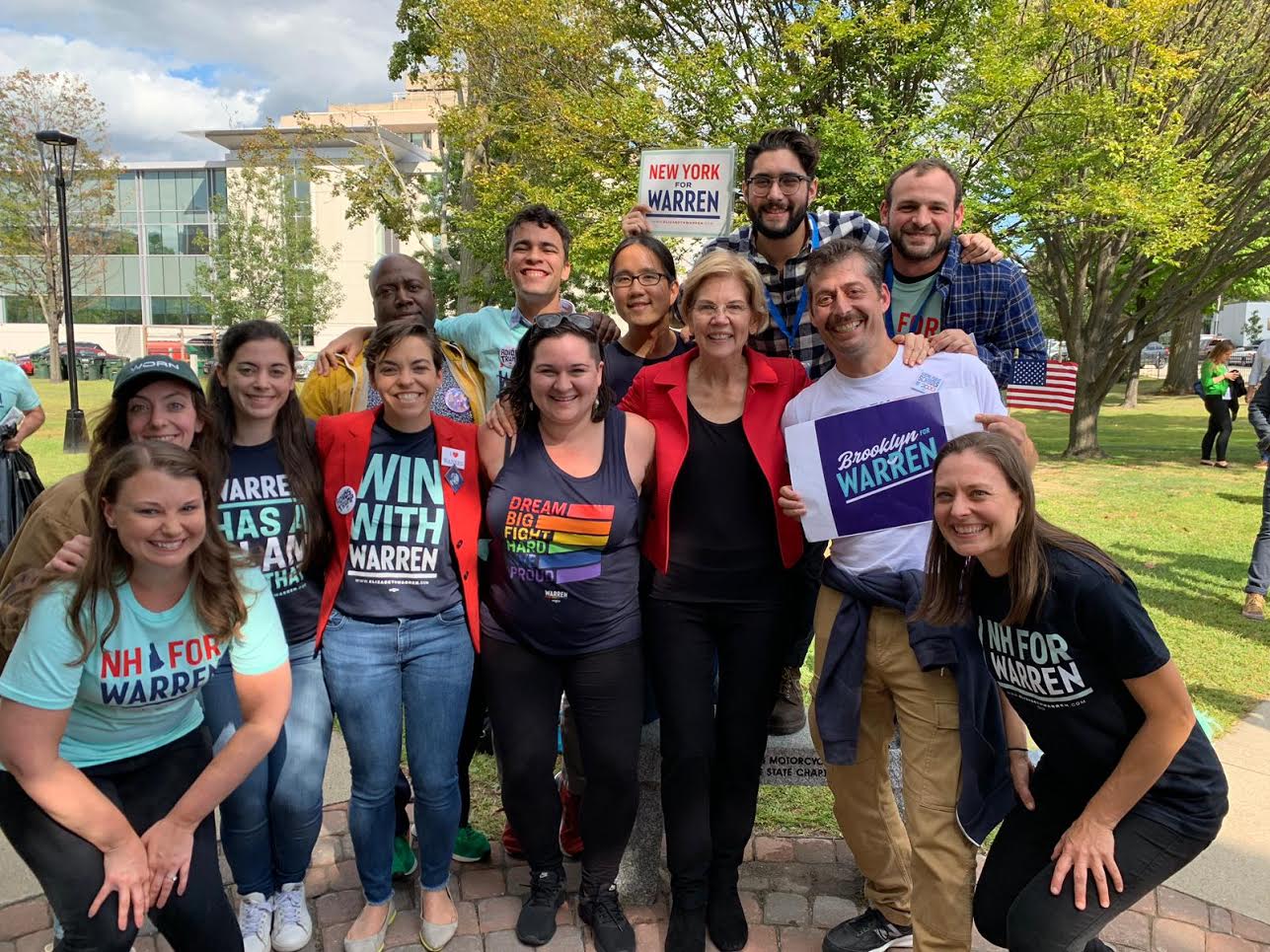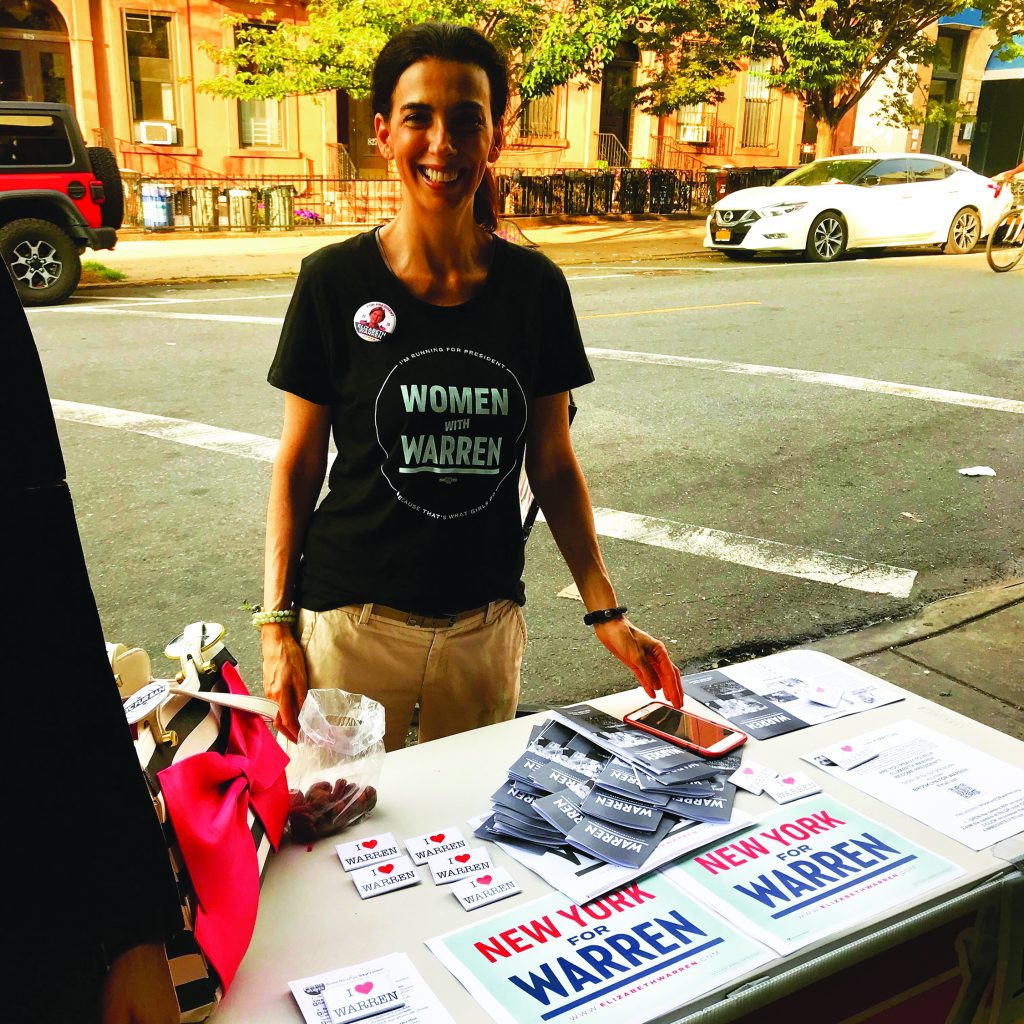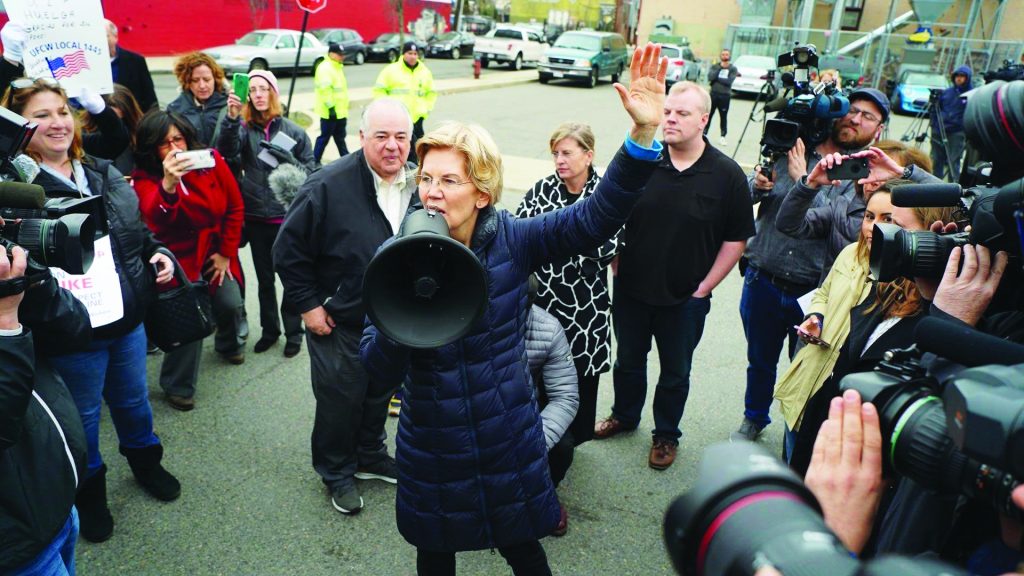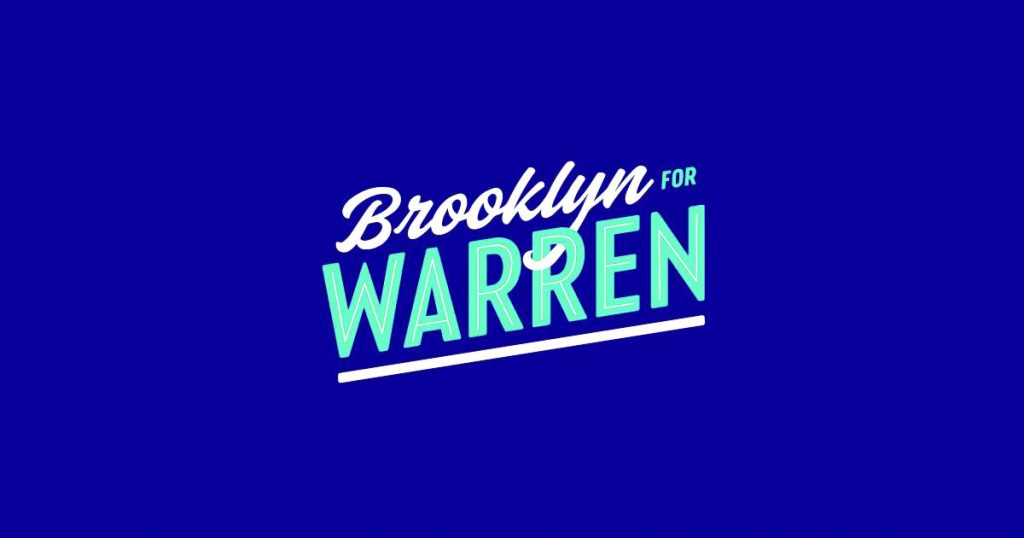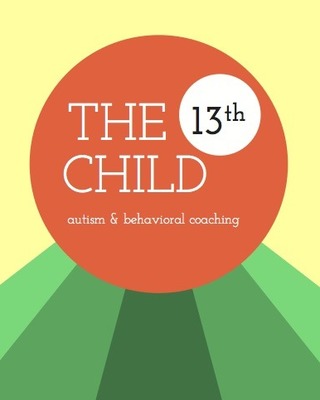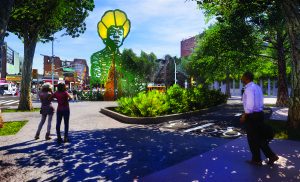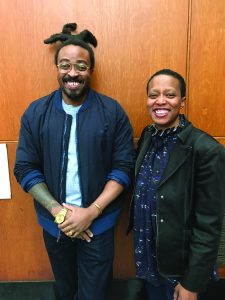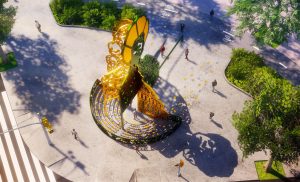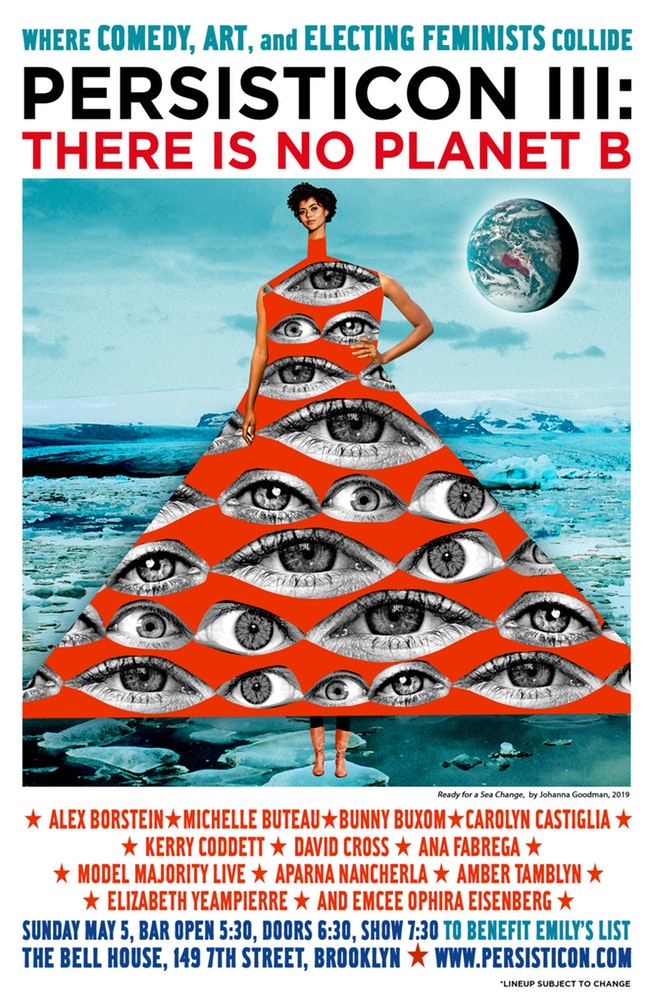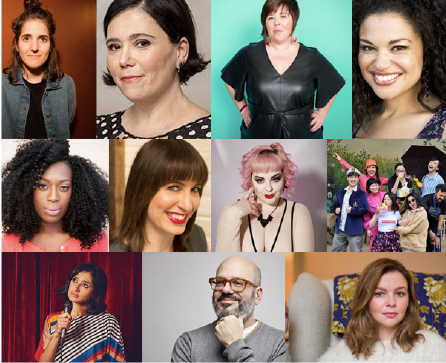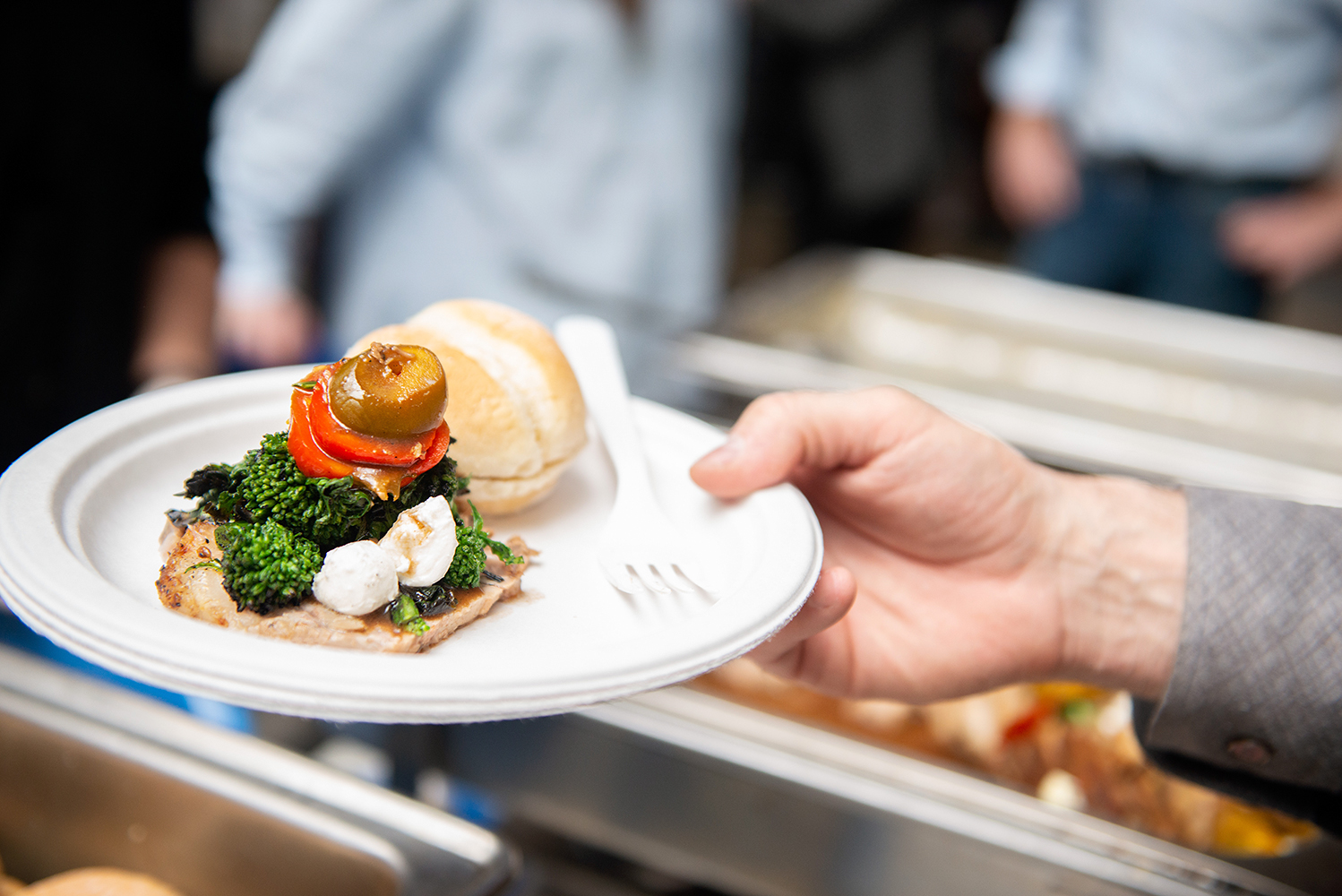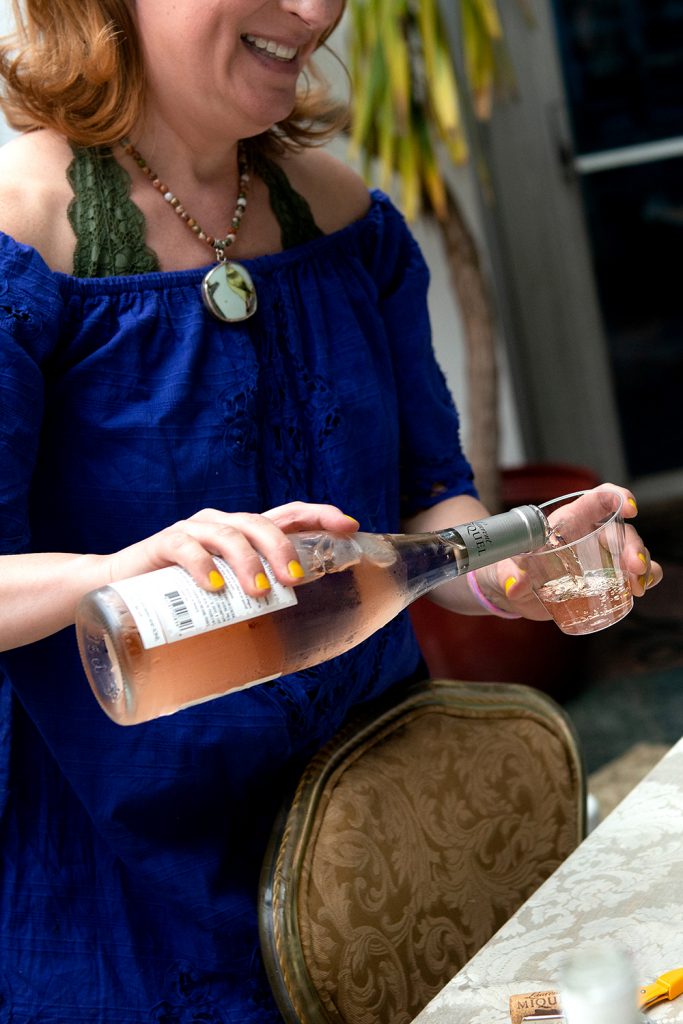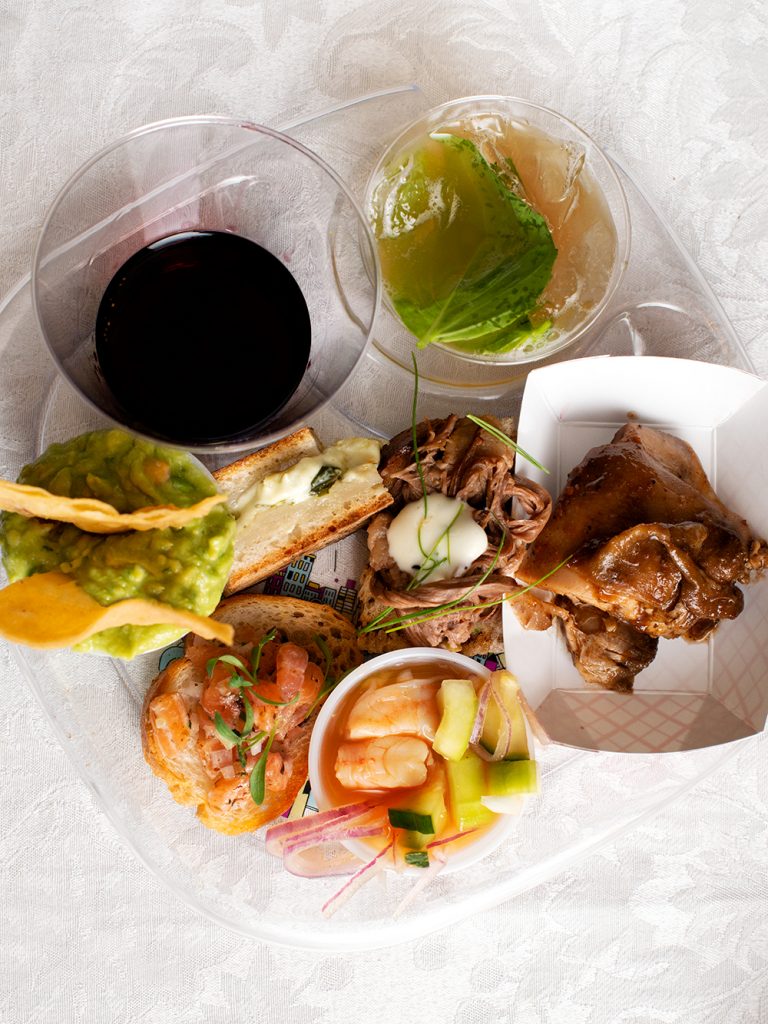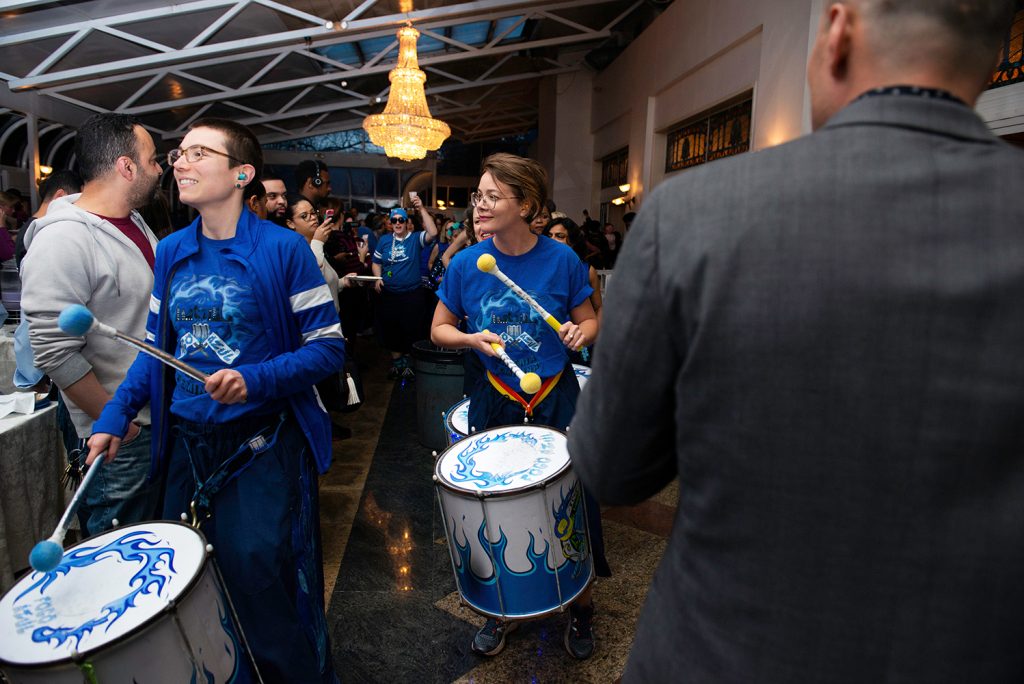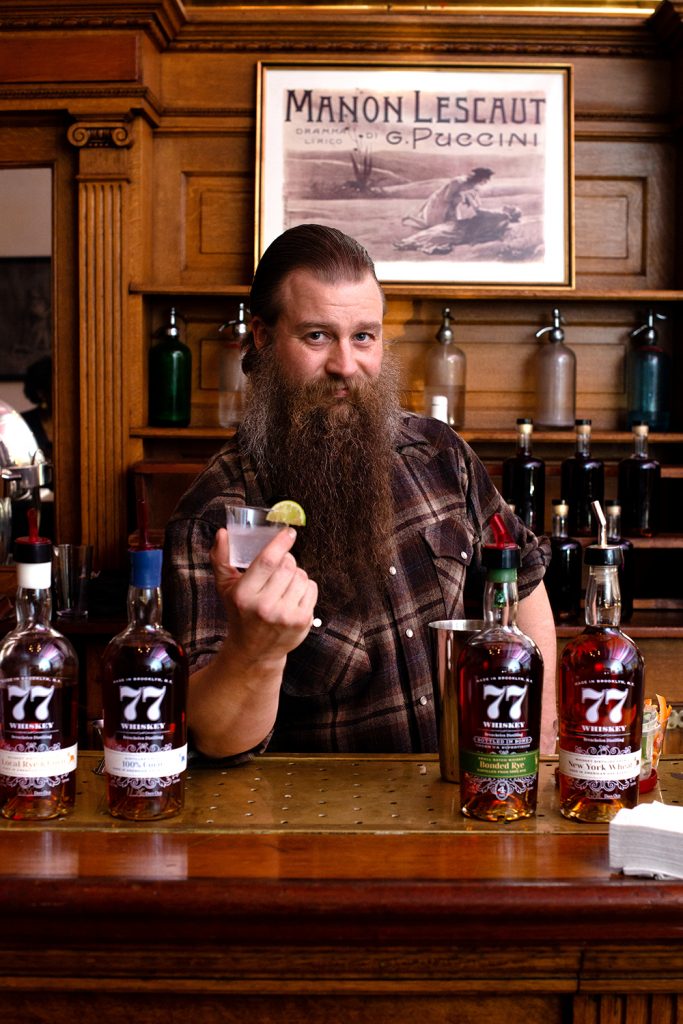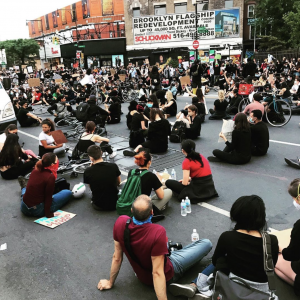
When our white neighbor tells us my black husband looks like Barack Obama. Over and over again. She is developing dementia, I think. This is why I don’t say anything, I tell myself. My husband just smiles.
When I choose the American flag stamp not the Marvin Gaye one for the envelope with the rent in it because I want our white landlord to like us.
This is not the same as not saying anything, but it feels like it. Maybe I should call this list something different. Maybe our white landlord loves Marvin Gaye.
When a white friend asked when I was pregnant if I might cornrow my baby’s hair. Except she called them “those little braids” not cornrows.
When we were at the pool and a white woman wearing a kente cloth hairband handed me an invitation to an interracial family potluck.
I said thank you like I was excited to join, but we did not go.
When a black friend invited me to a meet-up hosted by a group called Parents of Black Children.
I said thank you like I was excited to join, but we did not go.
When another black friend said, upon learning that my maternal grandfather was Sicilian, “Oh, so you’ve got some soul, I thought you were just Jewish.”
I did not say, Listen, we’re everywhere. In Italy, in Somalia, in Jesus, in Sammy Davis. In my children. Okay?
When Representative Omar said it was all about the Benjamins, baby.
When Hillary Clinton’s face was laid down on a Star of David as a presidential campaign ad.
Just to speak of Jewish. To speak of soul. The absence or the presence thereof, which is what I’m trying to do here, I think, what I’m trying to figure for. I don’t really know, if I’m being honest.
I hate it when people say, “If I’m being honest.”
The way people said, but his daughter is Jewish, like this meant something.
I didn’t say, so what if she’s Jewish? And I definitely did not say, she’s not really Jewish anyway, Ivanka, like that white woman from the pool is not really black.
An Impasta? That’s the punchline but now I can’t remember the joke. It was on the outside wall of Trader Joe’s where they tape these cute jokes on the walls to set the tone and the white woman behind me talked about how important it is for white people to join the conversation about police brutality.
I did not turn around to join this conversation. I did not want to turn around and join any conversation in a mask because these masked conversations feel a little thwarted always, my eyes hurting after from over-squinting to act out a full smile with no mouth.
But I would not have joined this conversation anyway.
When my white neighbor who voted once and will vote again for the current president said, I just like the way he says what he means and I usually agree with what he says.
I thought of when he said, “When they loot we shoot.”
I thought of George Floyd. I thought of George Floyd. I thought of George Floyd.
When he said the thing about Mexican rapists when he said the thing about shithole countries in Africa when he said the thing about how if American Jews don’t support Israel they are traitors when he called Stormy Daniels Horseface when he said you grab them by the pussy and the blood coming from her wherever…
When he said the blacks love me when he tweeted that House Representatives Omar and the other three of The Squad should go back where they come from if they don’t like it here.
When I thought of those pictures of George Floyd strangling under that man’s knee. Saying please. Saying I can’t breathe.
Everyone says “I felt sick” about those pictures. I thought of that photograph of Emmett Till.
I thought of Freddie Gray in Baltimore where I’m from.
I thought of Eric Garner who also said I can’t breathe. Who also pleaded. Who also was murdered in the street for all to see.
Though all don’t see.
An infinitum America.
The way all of the things on this list of things I am listing are the same thing.
The way my neighbor hung a skeleton from a tree by its neck for Halloween and he was angry when the township called him to tell him to take it down and when he was telling me about this my response was so tepid he didn’t register I was trying to explain what a person might find offensive about a skeleton hung by its neck from an American tree.
Did you know about lynching, it would have been simple enough for me to ask him this.
That woman at Trader Joe’s. I wouldn’t turn around and talk, would not add my voice. Why not? That’s what this list is about. But I haven’t figured anything out yet and I’m almost to the end.
The way George Floyd calls, Mama.
The way I feel when I think he could be my son calling Mama with a knee against his neck, digging into his back. And I don’t come get him. I don’t come pull him up off the street and hold his body in my arms the way I do when my sons call my name. From my deepest sleep I do. Go get them when they call me.
Like I skimmed over it. I didn’t go get my son when he called for me. When my neighbor was talking about how it was just Halloween that was my sons calling for me, both of them and their ancestors on both sides, too.
Never forget. Speaking of Jewish, speaking of soul. That’s when it was and I missed it.
I should call this list: Important Things I Missed. Or: The Most Important Thing I Ever Missed.
Like the way the grandmother at the end of that famous old deep dark fable story, says “Why you’re one of my babies, you’re one of my own children.”
That old American story.
She sees everything important she missed when she is about to die.


